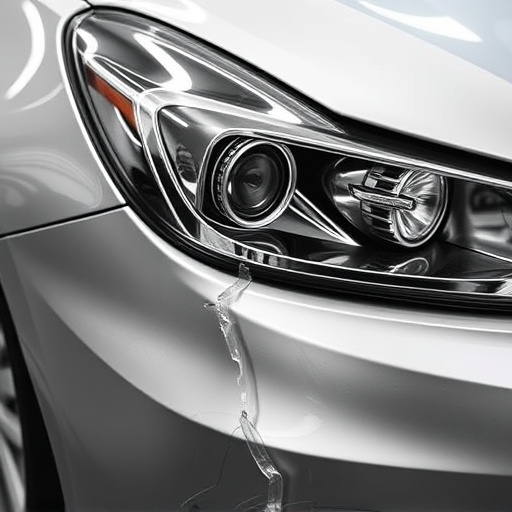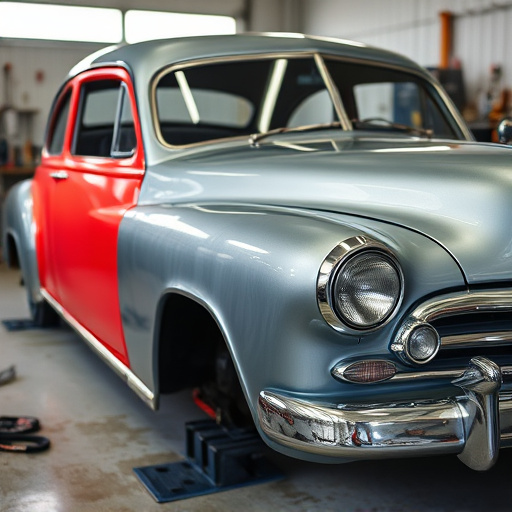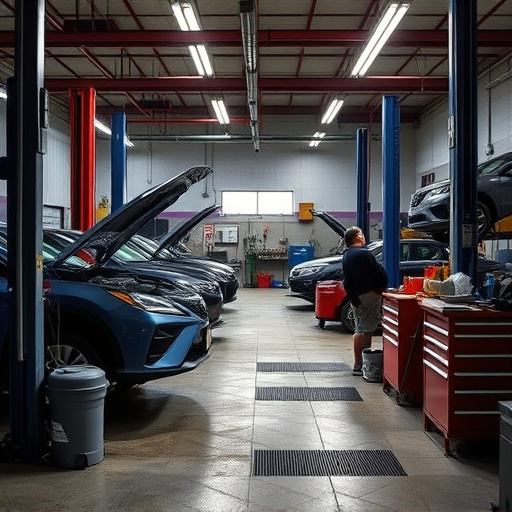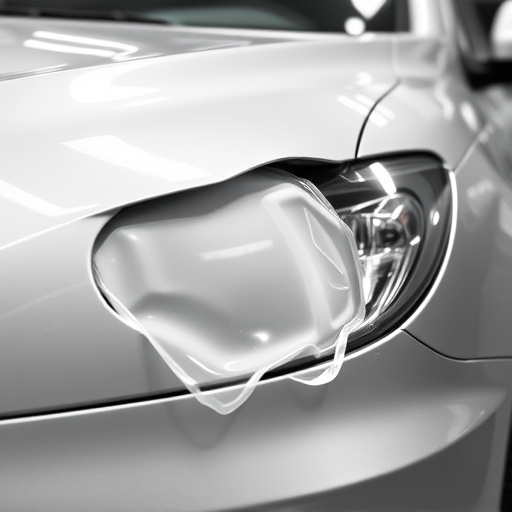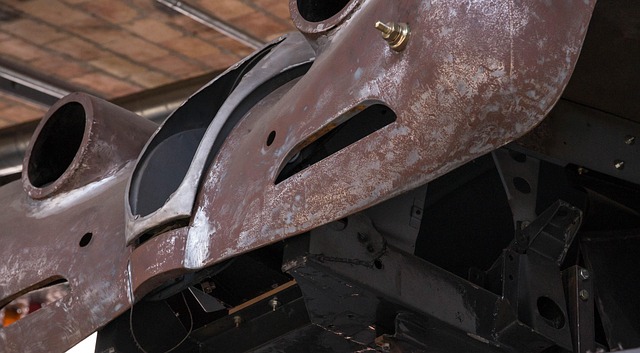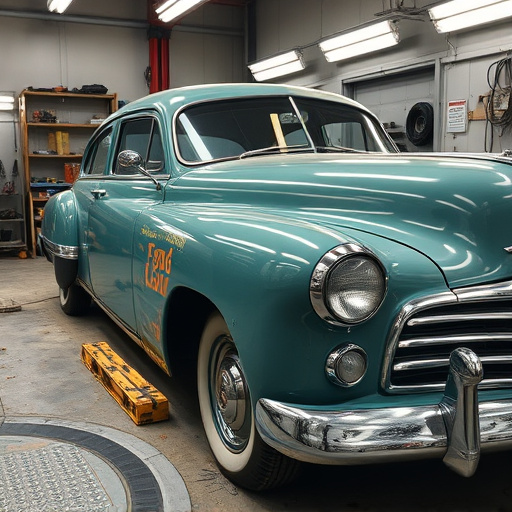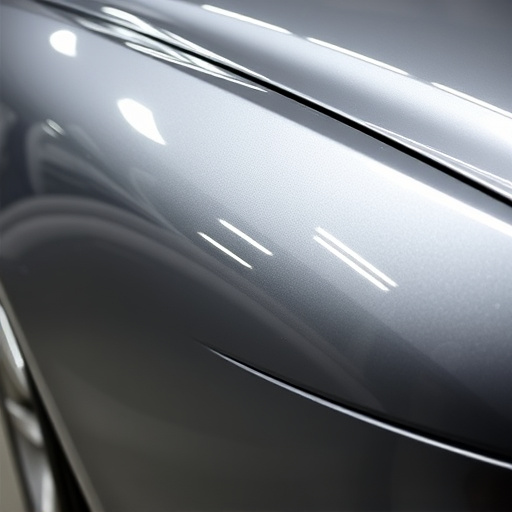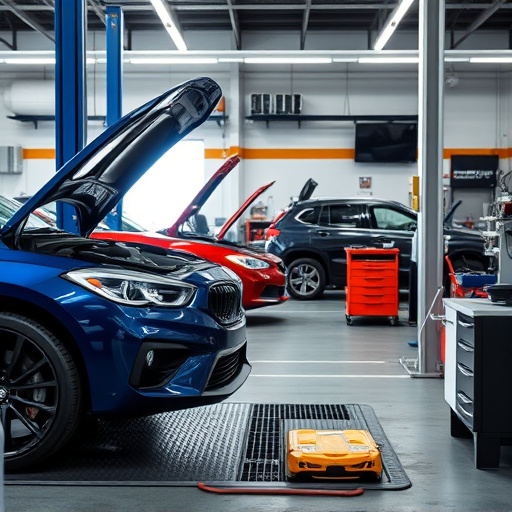Meticulous documentation is key in antique auto restoration, preserving historical accuracy and guiding restorers through each step. This includes digital archives, photo documentation, and handwritten notes detailing specifications, ownership history, and restoration processes. Such comprehensive practice ensures project success, future maintenance ease, and authenticity for both enthusiasts and professional shops, making it vital to the antique auto restoration community.
In the intricate world of antique auto restoration, documentation plays a vital role, acting as a roadmap through the intricate process. This meticulous art requires preserving every detail, from initial assessments to final touches. Understanding and adhering to proper documentation practices ensures the authenticity and value of restored classics. From detailed records of parts to photographic archives, this comprehensive guide explores the essential types and best practices for effective documentation in antique auto restoration projects, ensuring these historical vehicles thrive for generations to come.
- Understanding the Importance of Documentation in Antique Auto Restoration
- Types of Documentation Required for Restoring Classic Cars
- Best Practices for Effective Documentation During Antique Auto Restoration Projects
Understanding the Importance of Documentation in Antique Auto Restoration
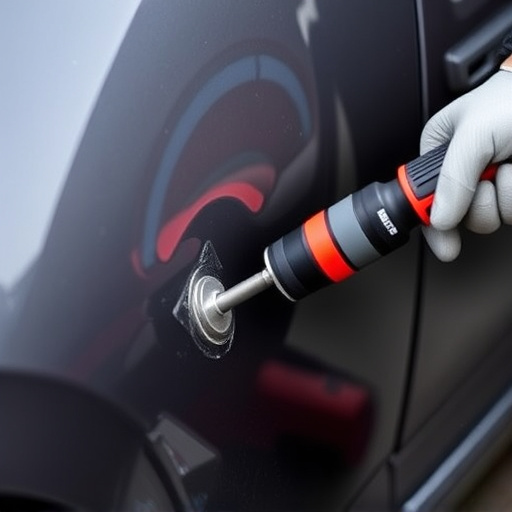
In the intricate world of antique auto restoration, documentation plays a pivotal role, acting as a roadmap to the past and ensuring the accuracy and authenticity of each vintage vehicle. It is an essential aspect that often goes unnoticed yet significantly contributes to the success of these meticulous projects. Every detail, from the original manufacturing specifications to the history of ownership, must be meticulously recorded and categorized for easy reference during the restoration process. This comprehensive documentation becomes a valuable resource, guiding restorers in their pursuit of recreating the vehicle’s former glory while also facilitating future maintenance and repairs.
For enthusiasts and professional auto body shops specialising in antique auto restoration, maintaining detailed records is crucial. It involves capturing every step taken, from initial assessments to final touches, using various methods such as digital archives, photo documentation, and meticulous handwritten notes. This practice not only aids in the immediate restoration process but also serves as a valuable asset for future reference when encountering similar models or addressing specific issues within these vintage vehicles. Effective documentation ensures that the art of antique auto restoration remains true to its historical roots while allowing for informed decision-making and top-notch vehicle repair services.
Types of Documentation Required for Restoring Classic Cars
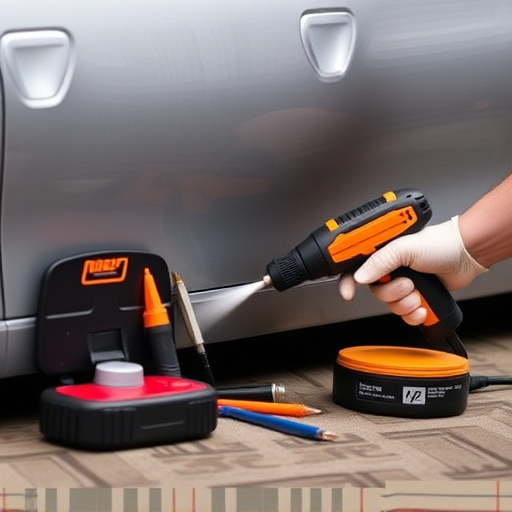
Restoring an antique car involves meticulous attention to detail, and this extends to the documentation process. For any successful antique auto restoration project, a comprehensive set of records is essential. These documents not only serve as historical records but also play a vital role in guiding restorers throughout the intricate process.
The types of documentation required vary depending on the age and condition of the vehicle. For instance, old bills of sale, original owner manuals, and registration papers can provide valuable insights into the car’s history and previous owners. In addition, detailed photographs capturing every angle of the auto body restoration process are indispensable. These visual records help in comparing the progress and ensuring precision. Moreover, technical guides and repair manuals specific to the make and model facilitate accurate auto body restoration and collision repair services. Such documentation ensures that restorers adhere to the vehicle’s original specifications, preserving its authenticity.
Best Practices for Effective Documentation During Antique Auto Restoration Projects

Effective documentation is a cornerstone of successful antique auto restoration projects. Before beginning any work, restorers should create a comprehensive plan outlining the project scope, goals, and specific tasks. This includes detailed descriptions of each part being restored, its condition, and any known history or previous repairs. High-quality photographs capturing every angle are invaluable, as they serve as a visual record throughout the process.
Regular updates and records of progress are crucial. Restorers should document each stage, from disassembly to cleaning, repair, and final reassembly. This meticulous approach ensures that even subtle changes are tracked and can be referenced in future maintenance or restoration efforts. Moreover, detailed notes on materials used, techniques employed, and any challenges encountered provide a wealth of knowledge for both the restorer and other automotive enthusiasts interested in similar projects, fostering a culture of continuous learning within the antique auto restoration community.
In conclusion, thorough documentation plays a pivotal role in antique auto restoration projects. By meticulously recording each step of the restoration process, restorers can ensure the accuracy and authenticity of their work. This not only aids in tracking progress but also serves as a valuable resource for future reference and sharing knowledge within the community. Effective documentation is key to preserving the rich history and intricate details that make antique autos so captivating, ensuring these classics continue to inspire and delight for generations to come.

